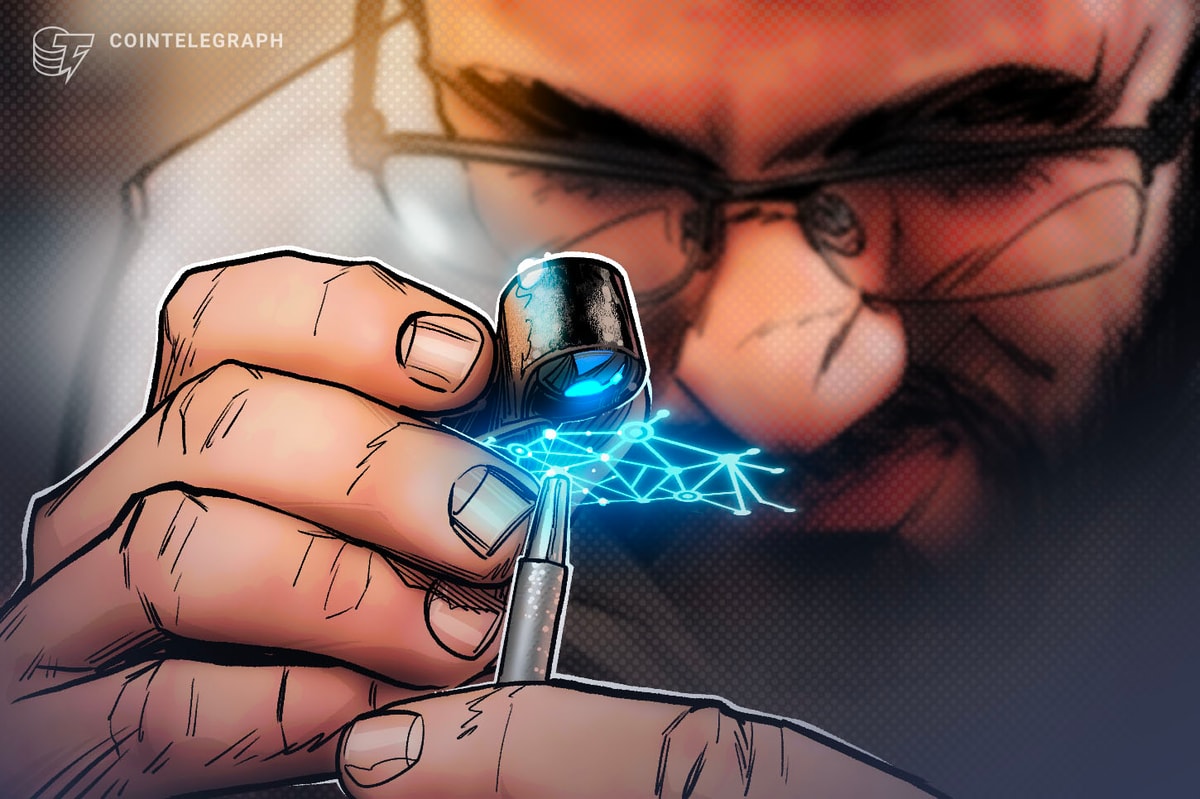As more institutions explore digital assets, the need for on-chain analytics platforms has never been higher. Compliance experts, investigators and re
As more institutions explore digital assets, the need for on-chain analytics platforms has never been higher.
Compliance experts, investigators and regulators employ these blockchain analytical tools to better understand the patterns and entities in cryptocurrency transactions.
To learn more about the tools and how they fit into broader cryptocurrency adoption, Cointelegraph sat down with Tom Robinson, the co-founder and chief scientist at analytics firm Elliptic; and Eray Akartuna, a senior cryptocurrency threat analyst at Elliptic.
Cointelegraph: What are the typical use cases you see for on-chain analytics for institutional clients?
Tom Robinson: Anti-Money Laundering (AML) and sanctions compliance for crypto exchanges and other businesses handling crypto assets: Our crypto transaction and wallet screening tools help businesses remain compliant with regulations and to reduce fraud.
Due diligence on crypto businesses: Our Discovery product provides risk profiles of exchanges and other crypto services based on analysis of their blockchain transactions. This is used by crypto businesses and financial institutions to gain insights into the businesses they are transacting with.
Magazine: ‘Moral responsibility’: Can blockchain really improve trust in AI?
Investigating crypto transactions: Investigator — our blockchain investigations software — allows graphical exploration of crypto wallets and the transactions between them. Law enforcement investigators use this to “follow the money” and link criminal activity to individuals. It is also used by crypto businesses to investigate potential illicit activity by their customers.
CT: How is Anti-Money Laundering in crypto different from mainstream AML within banks for fiat?
TR: The main difference is that most crypto transactions are visible on the blockchain. This makes it much easier to identify whether funds have originated from criminal activity by tracing them using blockchain analytics tools.
CT: Do you see a role for artificial intelligence (AI) and machine learning to play within on-chain analytics? Particularly within fraud prevention and AML?
Eray Akartuna: Yes, we already use machine learning within our blockchain analytics products. However, it’s very important to ensure the accuracy of these techniques through extensive testing.
There are certain aspects of blockchain transactions where we can use machine learning to understand or identify certain patterns. Patterns seen on the Bitcoin blockchain may not necessarily be the same as patterns on the Ethereum blockchain; they work in slightly different ways. I would point out the use of heuristics.
There are certain aspects of the blockchain transactions where we have common spend that will help us know whether the addresses are owned by a single entity or not — if I want to identify illicit activities and illicit actors on a blockchain — and identify their wallet addresses.
For instance, the North Korean cyber hackers were using a programmatic way of laundering. The hack was conducted in 2018, where they used about 113 wallets to disassociate funds from the original theft in an automated fashion. We could programmatically analyze the timestamps of those individual transactions to understand exactly how this automated software works.
If we are analyzing dark web markets or terrorist entities, etc., using heuristics can help us identify if a wallet address has been associated with a certain illicit entity. We can then use those heuristics to understand what other wallet addresses may also belong to or be associated with that entity.

We’ve got a risk score which fits into predictive analysis. When we look at the incoming and outcoming transactions to a cluster of wallets, we can see ultimately where they ended up. Entities identified as belonging to an exchange, a terrorist group or a dark market can be spotted when they are transacting with particular entities that we’re focusing on.
Let’s say about 50% of that crypto has gone to a certain dark web market; we can actually use that to provide a risk score of how risky the wallet is. The risk score is then used by exchanges and banks to decide if they want to do business with these wallet holders or not.
CT: What are the most complex problems you are solving at Elliptic? Why are they complex, and why is it important to solve them?
TR: The most complex and important problem we have solved recently is how to identify proceeds of crime in crypto, even when they have been laundered cross-asset and cross-chain. Criminals now move their proceeds between assets, using decentralized exchanges; and between blockchains, using cross-chain bridges.
We developed holistic screening as a way of automatically tracing crypto funds between assets and blockchains. This unique capability is now absolutely essential; otherwise, money launderers will exploit businesses’ lack of visibility into their activity.
CT: How do you see banks adopting digital assets and…
cointelegraph.com
